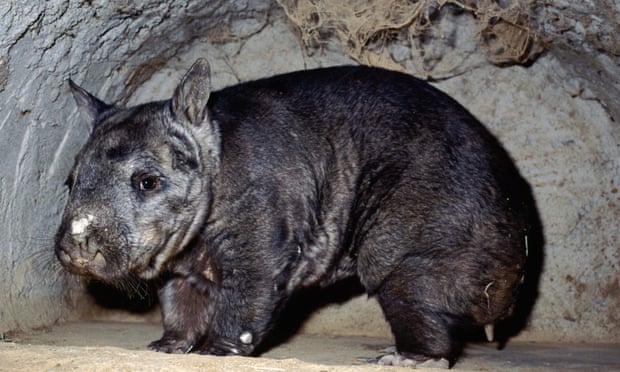Logging for timber by definition reduces tree cover. But what happens when logging stops? Anew study has found that in concessions where timber firms have stopped operating, deforestation actually appears to increase, thanks to illegal clearing for agriculture and industrial plantations. An inactive logging concession therefore creates a conservation risk, but also a conservation opportunity, […]
Tag: logging

Petition: Ban Logging in Koala Habitats
Recently, a woman named Helen Oakley shared a devastating video on Facebook after coming across dozens of dead and injured koalas on a gum plantation. The trees had been bulldozed with koalas still in them. It was a heartless and cruel act against Australia’s precious animals, especially when one-third of the species‘ population was wiped […]

Illegal hunting a greater threat to wildlife than forest degradation
The world has long associated plummeting populations of Southeast Asian wildlife with news of forest degradation and poignant images of deforested lands. Recent studies, however, bring to light another human practice that’s been driving the decline of wildlife numbers in these ecosystems. Researchers from the Leibniz Institute for Zoo and Wildlife Research (Leibniz-IZW) in Berlin, […]

We say we love our national parks. The evidence suggests otherwise
Australia has the most extraordinary national parks, home to our unique wildlife, deserts, mountains, forests and sacred icons such as Uluru. We are rightly proud of them. It’s hard to pick a favourite. But I do love Wilsons Promontory, where the wombats reign supreme, and getting one of these inquisitive fellows out of your tent after […]

Eight bird species are first confirmed avian extinctions this decade
Spix’s macaw, a brilliant blue species of Brazilian parrot that starred in the children’s animation Rio, has become extinct this century, according to a new assessment of endangered birds. The macaw is one of eight species, including the poo-uli, the Pernambuco pygmy-owl and the cryptic treehunter, that can be added to the growing list of […]

Ghana – rainforest birding on the brink by Adam Riley
My connection with Ghana began rather unexpectedly (and as it turned out, rather humorously) more than ten years ago. I was in contact with a group of birders for whom I arranged and guided an annual tour to Africa. During each trip we would discuss a destination for the following year. We already had South […]

Locally extinct birds in the Amazon slowly flock back to forests when trees regrow
Between 1992 and 2011, a team led by Philip Stouffer of Louisiana State University tracked the movements of birds through fragmented rainforest in the Brazilian Amazon. Using soft nylon stretches called mist nets, they snagged nearly 4,000 birds at the margins between old growth forests and tracts of between old growth rainforest and forest recovering […]

Amazonian students help monitor threatened frog populations
According to the International Union for Conservation of Nature, amphibians are the most threatened group of animals on Earth: currently around 30 percent of the world’s amphibians are listed as threatened with extinction. However this percentage doesn’t include those species about which too little is known to evaluate (26 percent). Amphibians face many threats but […]
